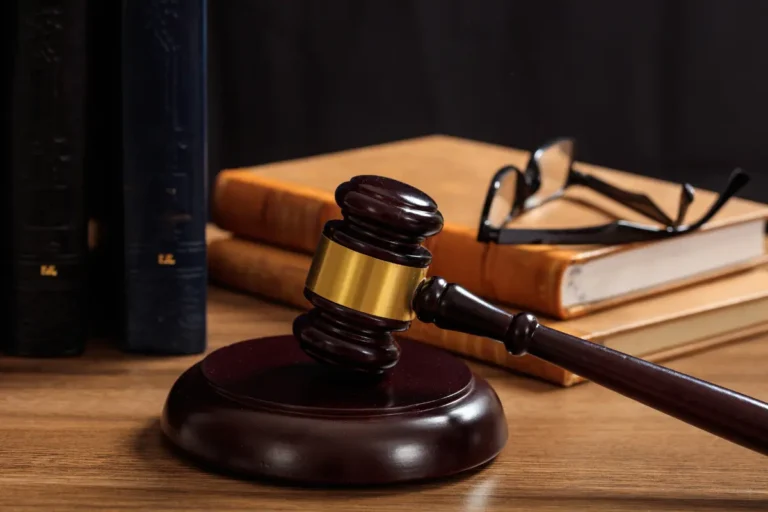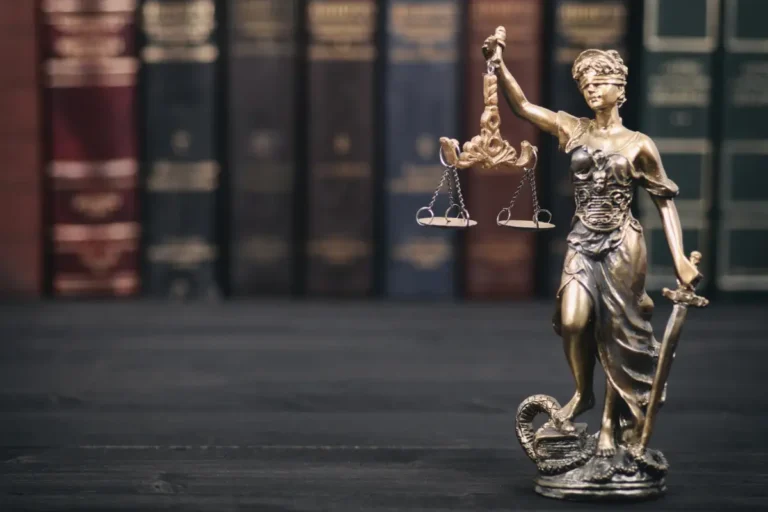When you’re renting a home, one of the important things you will need to pay is a tenancy deposit. This deposit is usually a sum of money equal to at least one month’s rent. It is paid to your landlord or letting agent before you move into the property. But have you ever wondered what happens to this money? How safe is it? What rights do you have regarding your deposit? This article will explain everything you need to know about tenancy deposit protection schemes so that you feel confident and informed during your tenancy.
What Is a Tenancy Deposit?
A tenancy deposit is money you pay to your landlord or letting agent at the start of your tenancy. It acts as a financial guarantee for the landlord. The landlord can use this money if you cause damage to the property, don’t pay your rent, or break any terms of the tenancy agreement.
For example, if you leave the property with broken furniture or unpaid bills, the landlord may deduct these costs from your deposit. But if you keep the property in good condition and meet your obligations, you should get your full deposit back at the end of the tenancy.
Why Do Tenancy Deposit Protection Schemes Exist?
Before 2007, some landlords kept tenants’ deposits without protecting them properly or even returning the deposit after the tenancy ended. This caused many problems and disputes.
To protect tenants, the UK government introduced tenancy deposit protection schemes in 2007. These schemes ensure that your deposit is held safely and fairly. It means your landlord must put your deposit into a government-approved scheme within 30 days of receiving it.
This protects you because:
- Your deposit is kept safe by a third party, not just the landlord.
- You will get clear information about where and how your deposit is held.
- If there is a dispute over the deposit at the end of the tenancy, the scheme helps resolve it fairly.
- It encourages landlords to treat deposits responsibly.
Who Does the Law Apply To?
The rules about tenancy deposit protection apply if you have an assured shorthold tenancy that started after 6 April 2007. This is the most common type of tenancy in England and Wales.
If your tenancy started before this date, or it’s a different type of tenancy, the deposit protection rules may not apply. However, most private rented tenancies today are assured shorthold tenancies, so this will likely apply to you.
What Must Your Landlord Do?
When you pay your deposit, your landlord or letting agent must:
- Protect your deposit in one of the government-backed tenancy deposit schemes within 30 days.
- Give you written information about the deposit protection (called the “prescribed information”) within 30 days. This should include:
- The contact details of the tenancy deposit scheme holding your deposit.
- How your deposit is protected.
- How you can get your deposit back at the end of the tenancy.
- What to do if there is a dispute.
- Keep your deposit safe and return it promptly at the end of your tenancy, unless there are agreed deductions.
What Are the Government-Backed Deposit Protection Schemes?
There are three main schemes approved by the government in England and Wales:
- Deposit Protection Service (DPS)
- Tenancy Deposit Scheme (TDS)
- MyDeposits
Each scheme works slightly differently but they all serve the same purpose: to protect your deposit and help resolve disputes fairly.
Your landlord should tell you which scheme they have used and provide details on how you can contact them.
What Happens At the End of Your Tenancy?
When your tenancy ends, you and your landlord will agree on how much of the deposit should be returned to you. If you have looked after the property and met your responsibilities, you should get your full deposit back.
However, sometimes landlords want to keep part or all of the deposit to cover damages or unpaid rent. If you disagree with the deductions, the deposit protection scheme offers a way to resolve this without going to court.
How the Deposit Scheme Helps With Disputes
If there is a dispute about the deposit, the money stays with the deposit scheme while the matter is sorted out. You can explain your side and why you believe the landlord’s deductions are unfair.
The scheme will act as a neutral third party to try to reach an agreement between you and your landlord. This process is often free and quicker than going to court.
If no agreement is reached, you may still take your case to a small claims court for a final decision. But most disputes are settled through the scheme’s dispute resolution service.
What If Your Landlord Does Not Protect Your Deposit?
Unfortunately, some landlords ignore their legal duties and do not protect the deposit within 30 days. This can put you in a difficult position.
If your landlord fails to protect your deposit or provide the correct information on time, you have the right to take legal action against them.
What Can You Do?
- You can apply to the county court for compensation.
- The court can order your landlord to pay you between one and three times the deposit amount as a penalty.
- The landlord must also return your original deposit.
- The exact amount depends on how long the deposit was unprotected and the landlord’s behaviour.
This law encourages landlords to follow the rules and protects tenants from unfair treatment.
How Can You Protect Yourself as a Tenant?
While tenancy deposit schemes offer protection, you should also take steps to protect yourself:
- Before paying your deposit, ask your landlord or agent how and where your deposit will be protected.
- Get everything in writing. Keep a copy of the tenancy agreement, deposit protection information, and any receipts.
- Take photos or videos of the property when you move in to record its condition.
- Communicate in writing if you notice any problems during your tenancy.
- At the end of your tenancy, do a joint inspection with your landlord or agent to agree on the property’s condition.
These actions will help you avoid disputes and support your case if there is a disagreement over the deposit.
What Happens If You Lose Your Deposit Dispute?
If the dispute resolution scheme cannot resolve the issue, you may need to take your case to the small claims court.
This can happen if:
- You and the landlord cannot agree on deductions.
- The scheme’s decision is not binding or accepted.
Going to court may take longer and can involve legal costs, but it is your right to recover your money.
Summary: What You Need to Know as a Tenant
- Your landlord must protect your deposit in a government-approved scheme within 30 days.
- You must be given written information about your deposit protection.
- Your deposit is kept safe, and disputes are resolved fairly through the scheme.
- If your landlord does not protect your deposit, you can take legal action and claim compensation.
- Keep all paperwork, take photos, and communicate clearly to protect yourself.
- Use the dispute resolution service if there is a disagreement at the end of your tenancy.
- Court action is the last step if the dispute cannot be resolved.
Final Thoughts
Understanding tenancy deposit protection schemes is important for every tenant. It is your right to know that your money is safe and that you will be treated fairly when your tenancy ends.
If you ever have concerns about your deposit or your landlord’s actions, seek advice early from a housing advice service, solicitor, or a tenant support organisation.
Remember, being informed helps you feel confident and in control during your tenancy. Your deposit is your money – make sure it is protected!




